June 29-July 5, 2025
The mountains in their full splendor
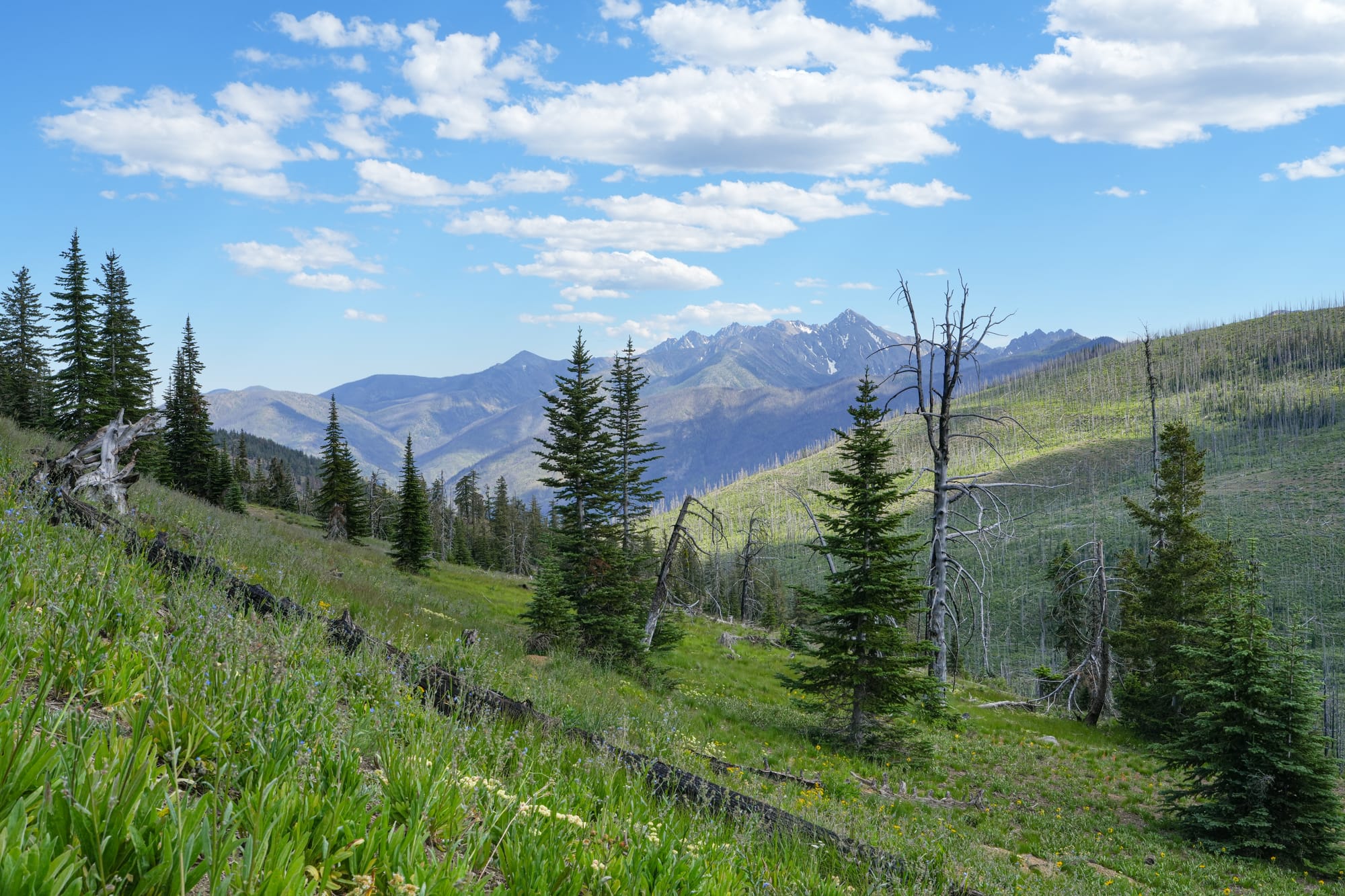
Another week of soaring temperatures, mixed with a few days of overcast clouds and wind.
Week in Review
Much like last week, there is so much going on that it's hard to fit even a fraction of the activity into one newsletter. And in the middle of all this activity I realize that most of us are having a busy holiday weekend, while town is packed with people and events. If you get a chance, please share the newsletter with friends and family who are visiting the valley so they can get a glimpse of what's been going on in the natural world lately.
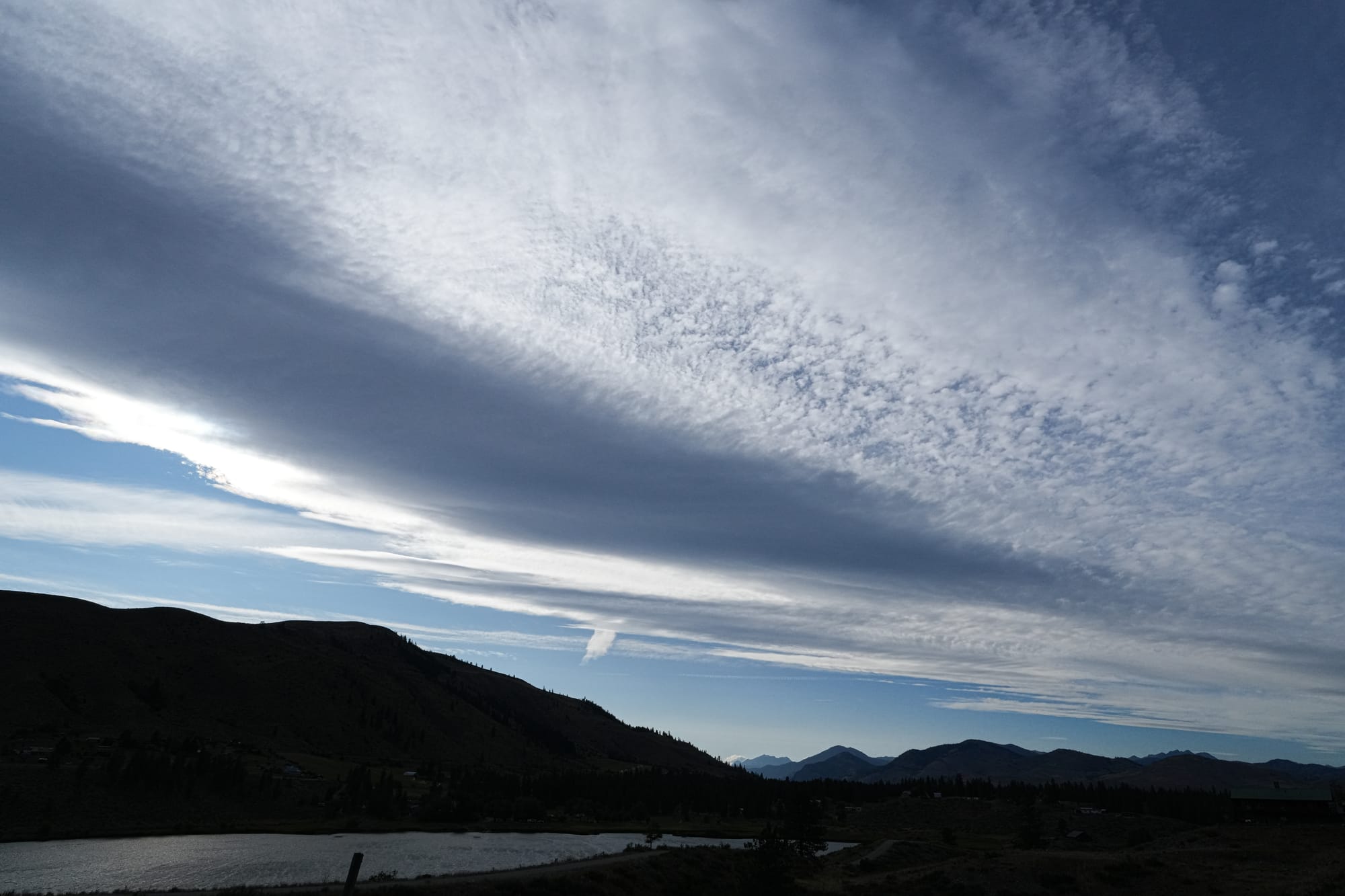
One thing you might have been noticing is that birds have moved to the backstage because many species are feeding babies, either on the nest or off the nest, so they're staying as quiet and discreet as possible. At the same time, many of the forests at higher elevations are bursting with the songs of countless birds, including western tanagers, Cassin's vireos, dark-eyed juncos, and Townsend's solitaires.

However, the undisputed stars of the moment are flowers, and the mountains are absolutely brimming over with flowers right now. For example, along the lower stretches of the roads to Harts Pass and Washington Pass there are huge numbers of ocean spray (Holodiscus discolor) blooming. These robust shrubs in the rose family produce big, beautiful bouquets of glistening white flowers, so they're hard to miss, even from a distance.
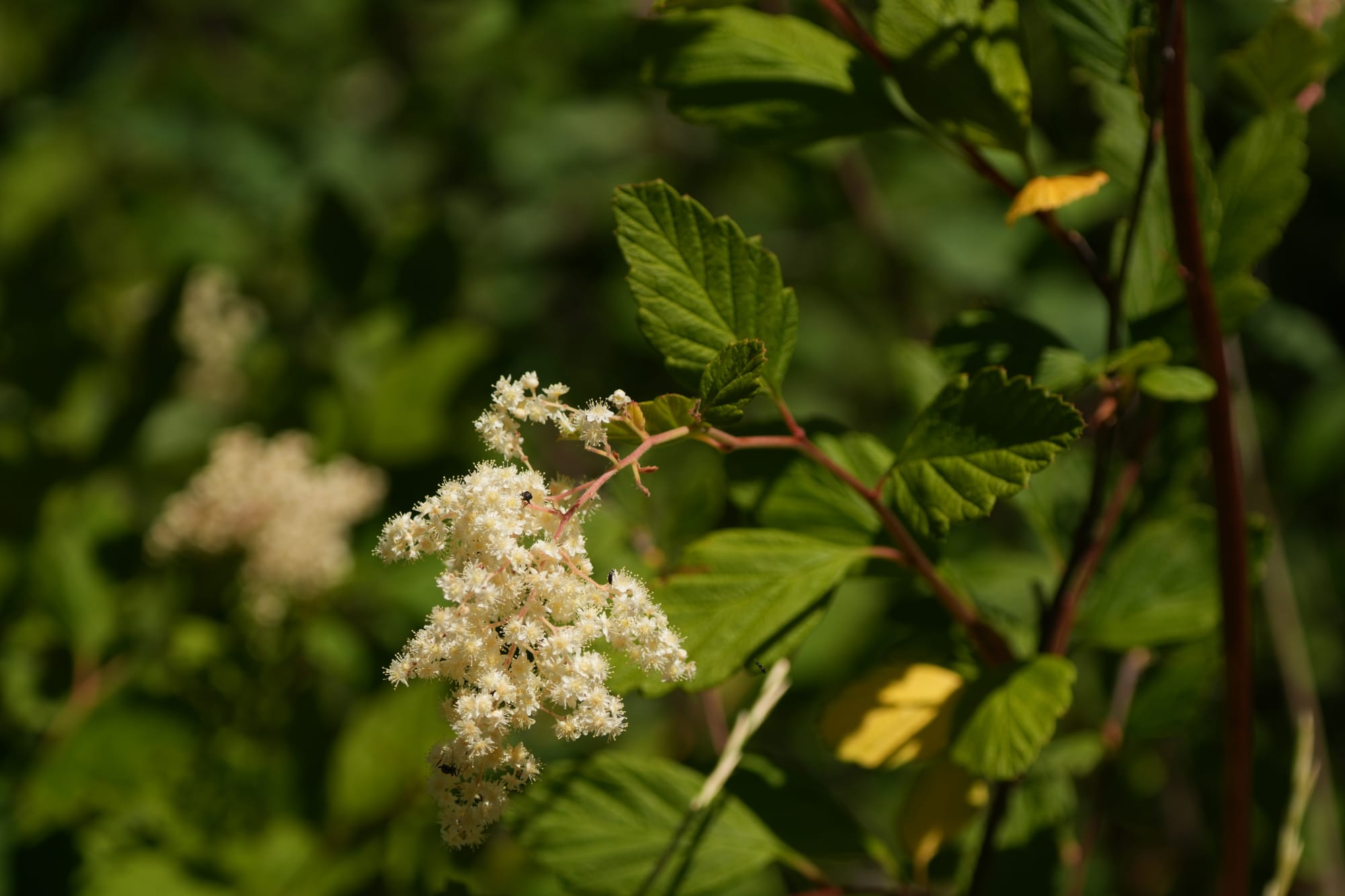
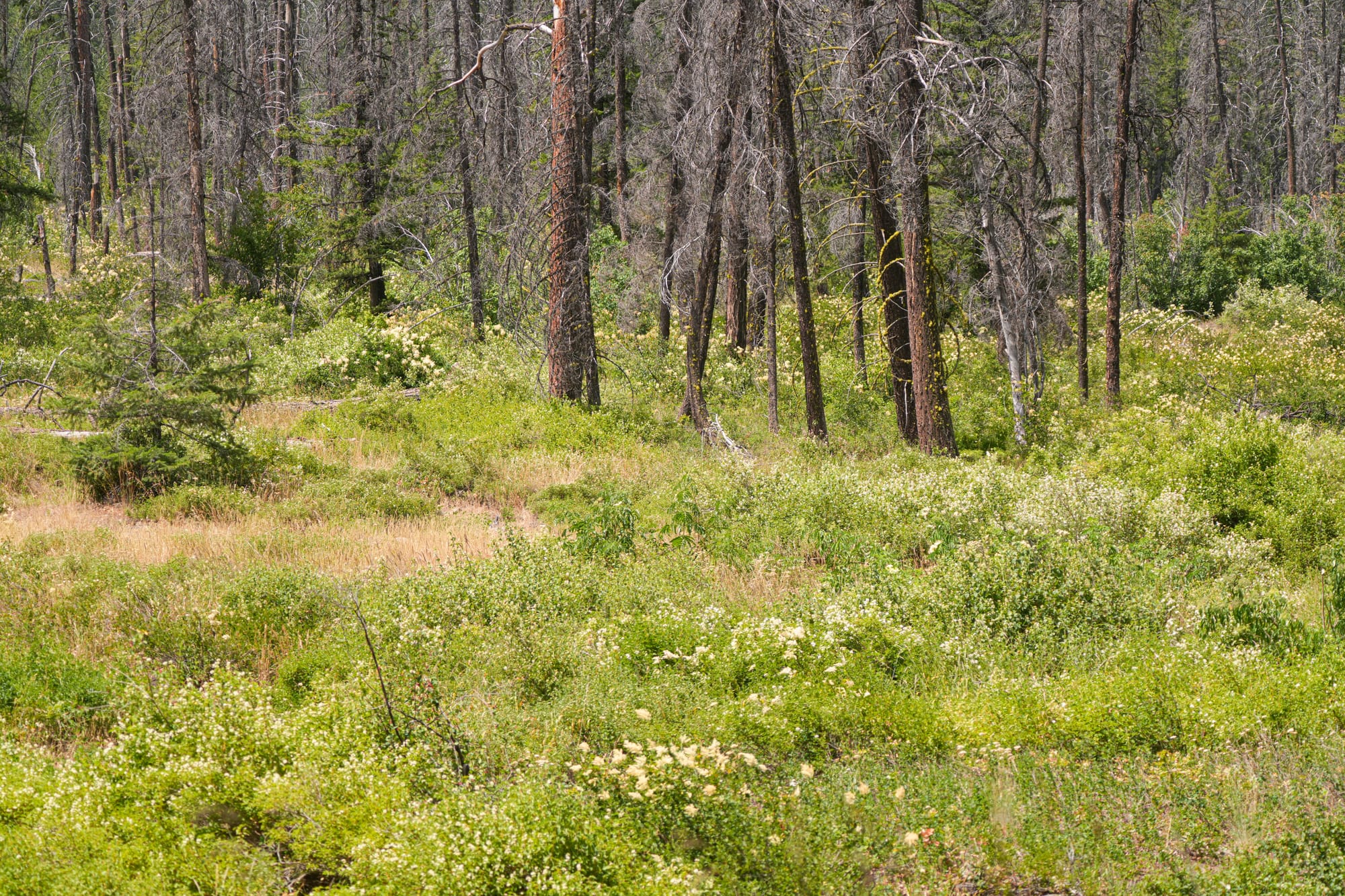
Ocean spray produce large clusters of flowers that are visible as far as you can see in some areas. Photo by David Lukas
Even if you're not paying attention to the flowers (is that even possible?!), this is a fantastic time to explore vibrant mountain meadows to see what else you might find.

On one hike this week I was astonished to discover that bitterroots are still blooming at 6500 feet. They were restricted to an open, crumbly slope on a high exposed peak while all around them countless other flowers were blooming on better soils.
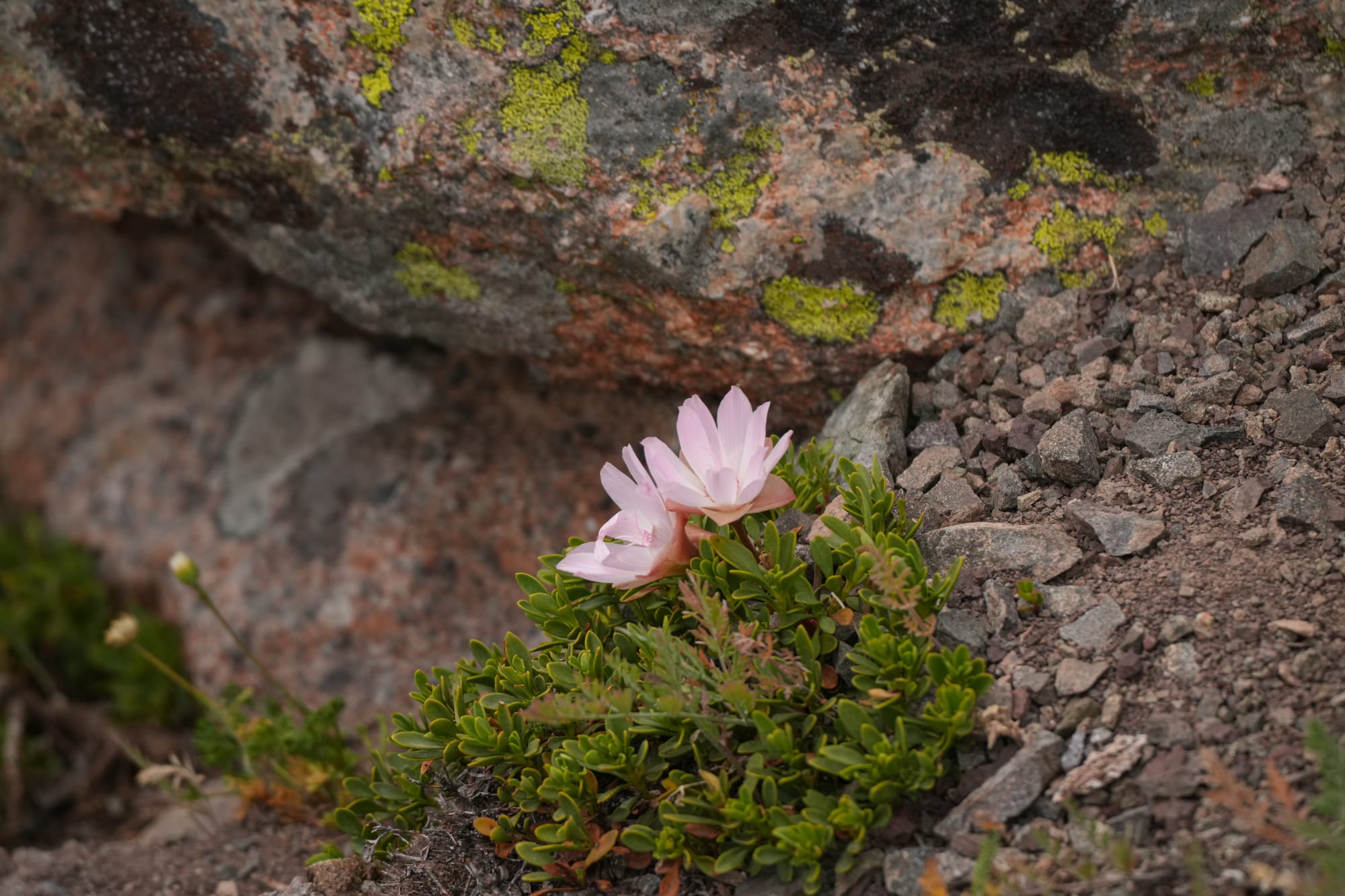
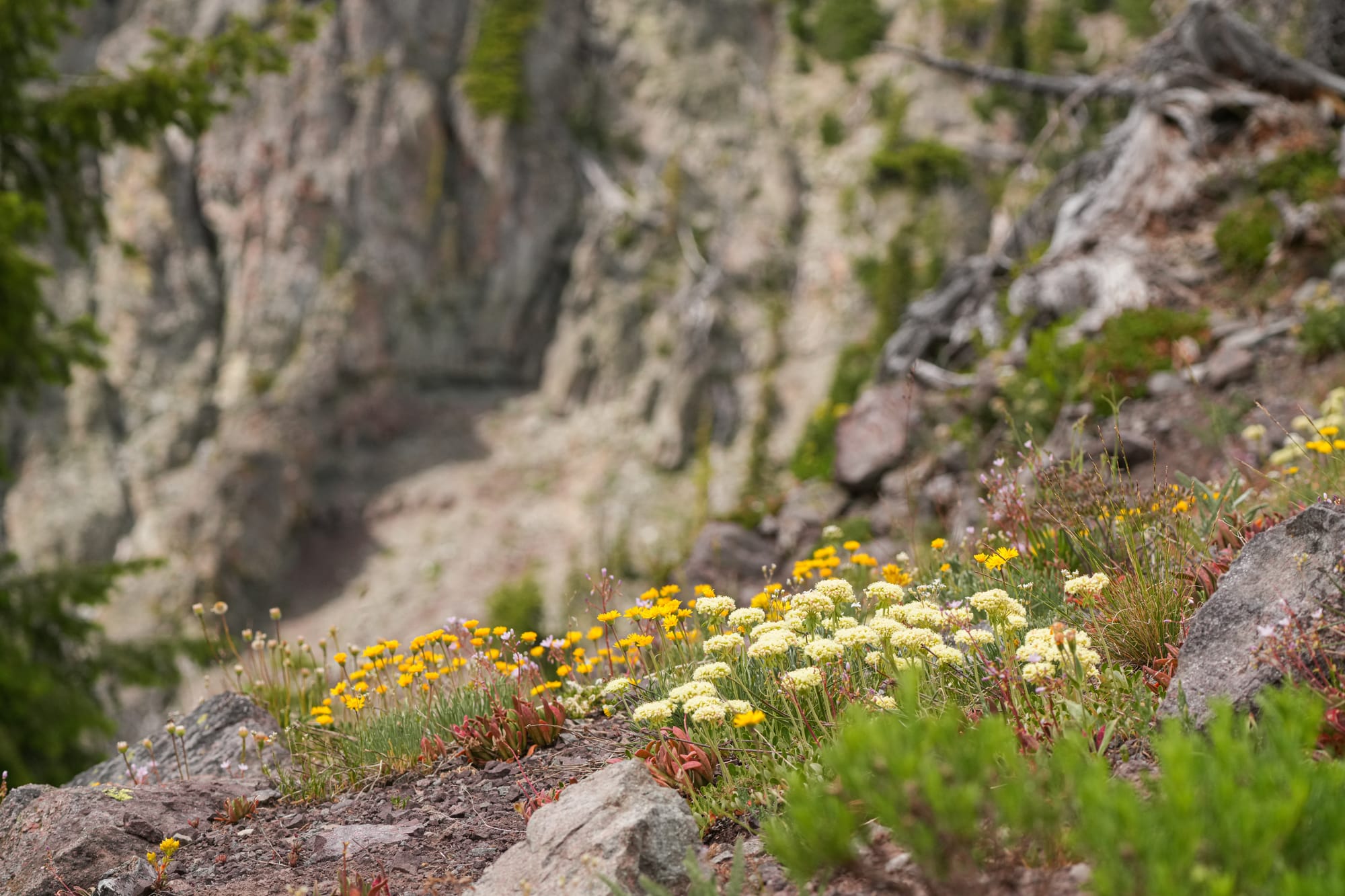
If you love wandering through fields of flowers as much as I do, you're in luck because we have many burned areas where the soil has been enriched with ash and flowering plants find the open sun they favor. Fortunately, a fair number of our local hikes meander through burned areas where the flowers are absolutely fabulous right now.
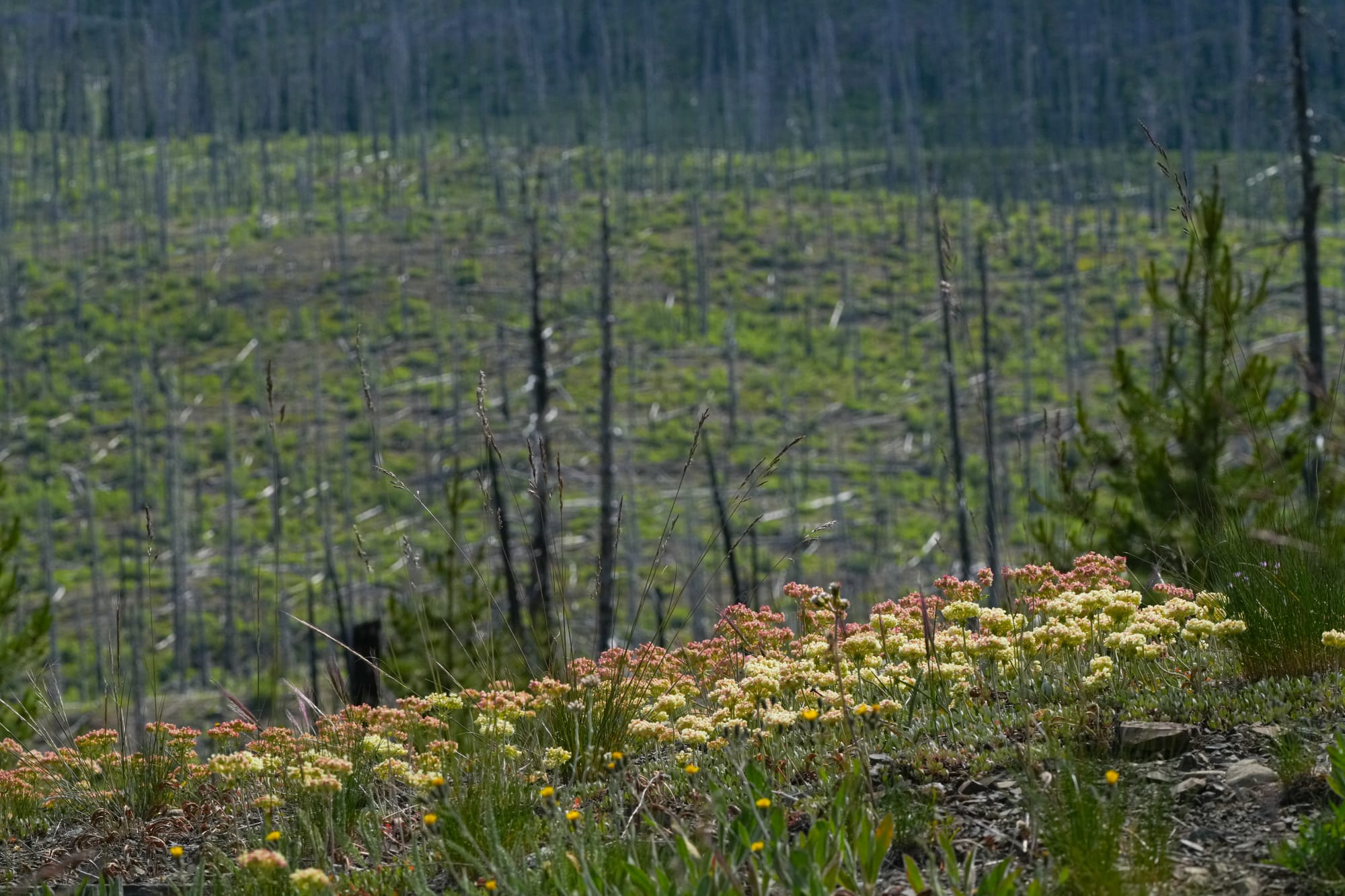
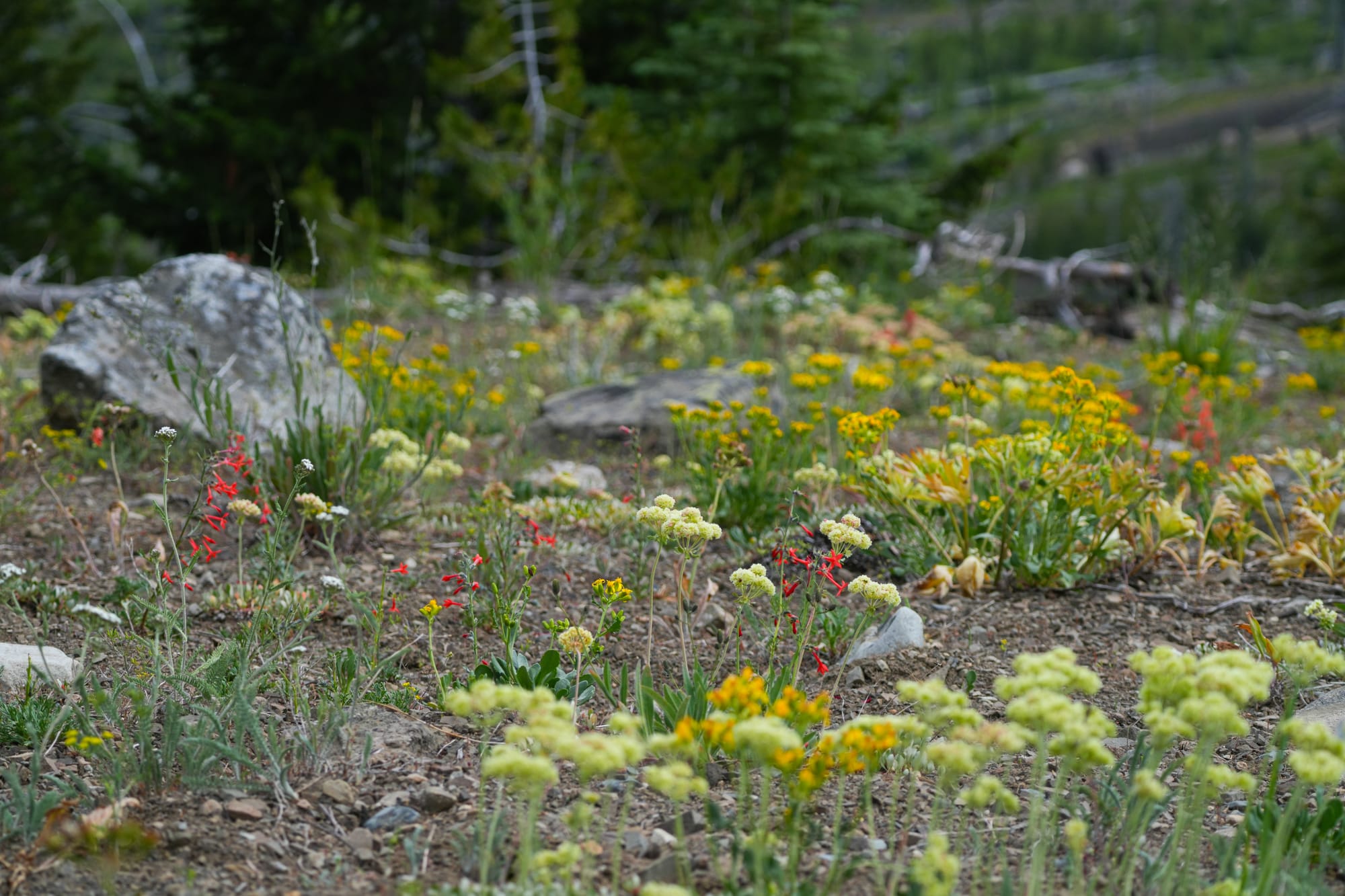
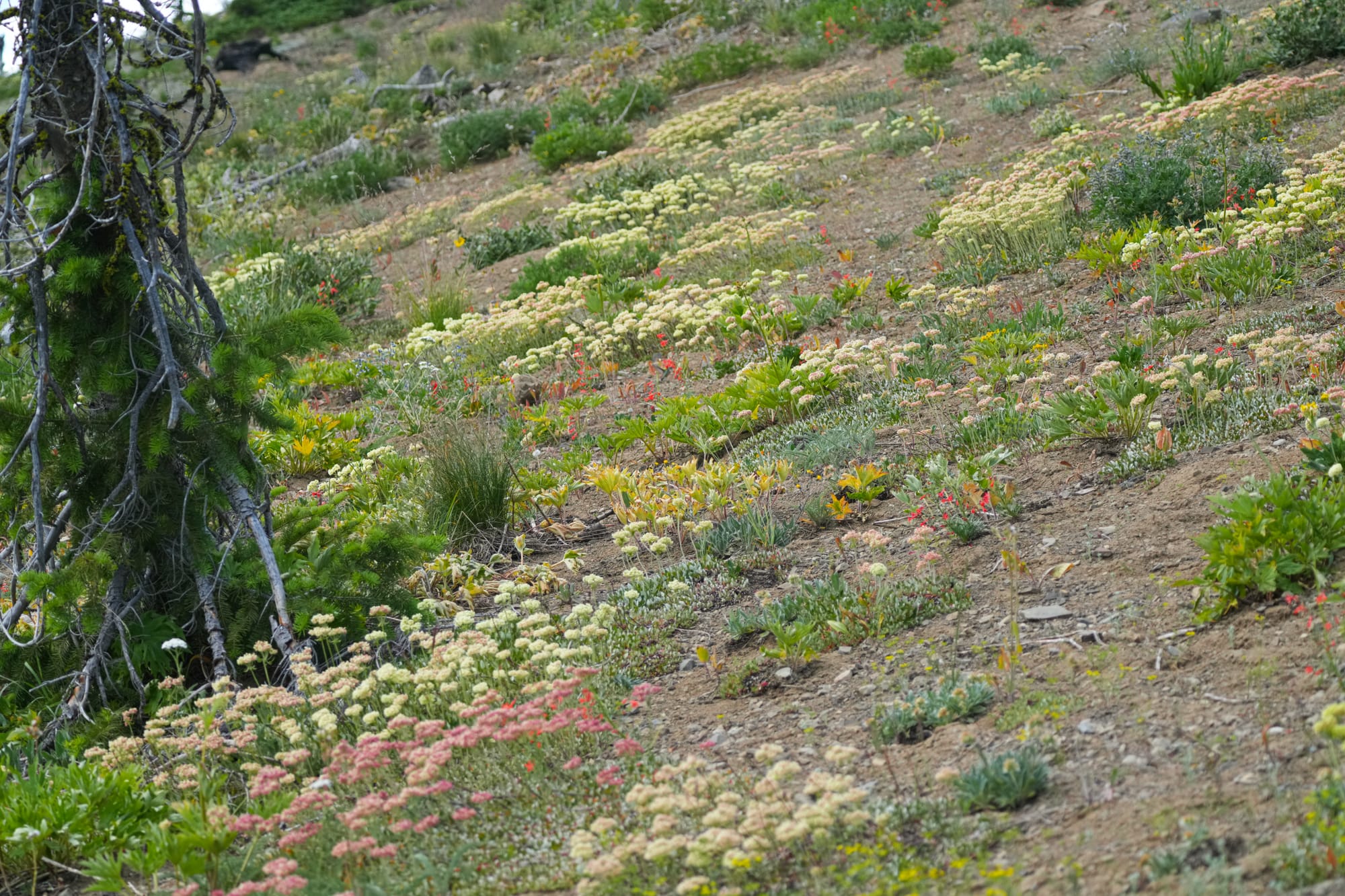
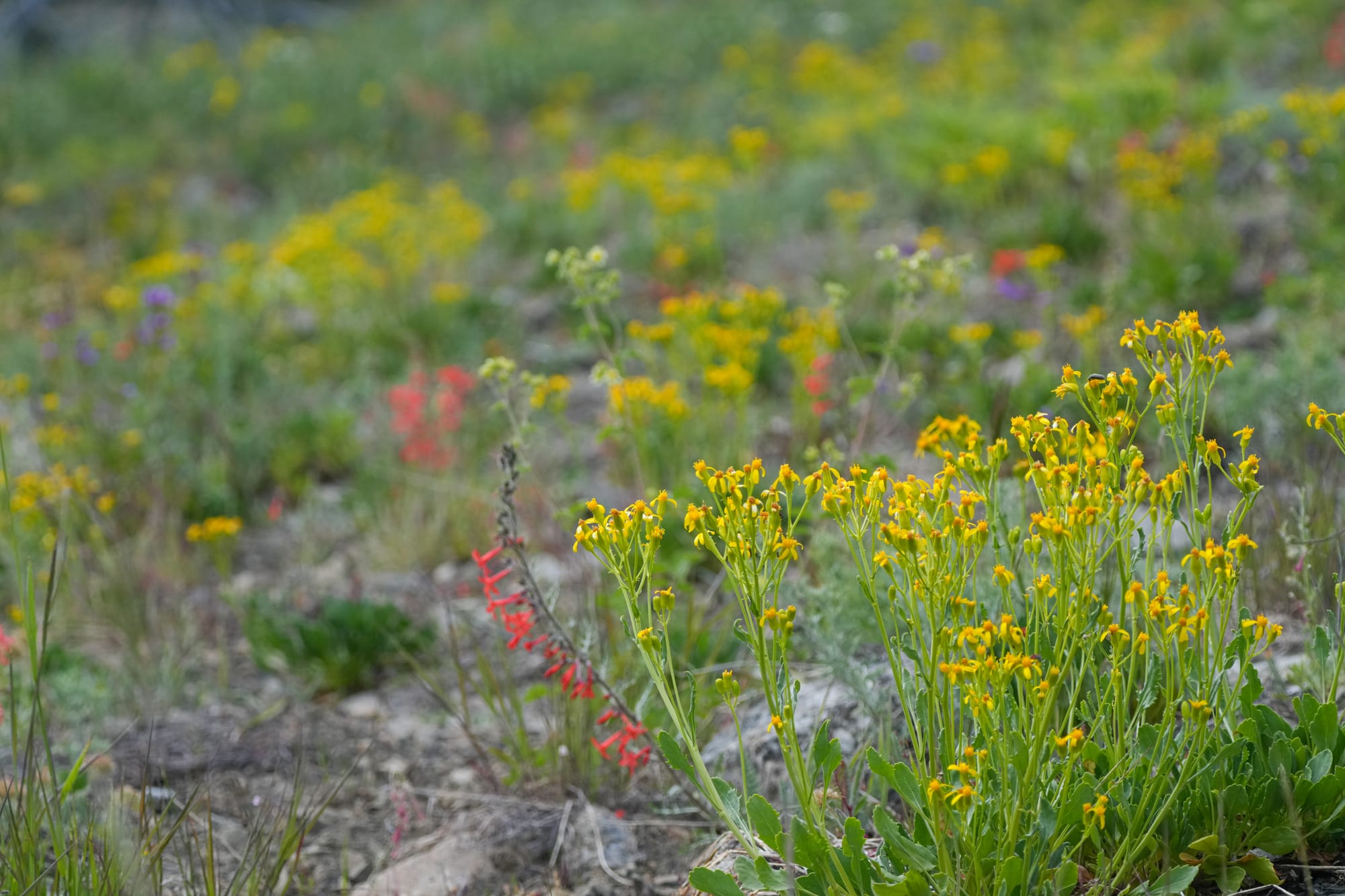
Flowers on a hillside around a burned area. Photos by David Lukas
I've also been utterly enchanted at how many butterflies are active right now. For instance, along one trail I had dozens of California tortoiseshells flying up and swirling around me as I walked. Tortoiseshells lay their eggs on snowbrush (Ceanothus velutinus) which may be the most abundant shrub that grows back after fires, so they are extremely common in many of the same areas that have the best flower displays.

On another ramble I discovered a plant that was new to me, but I only noticed it because the plant was covered in butterflies, bees, and flies. It turned out to be a silverback luina (Luina hypoleuca), a close relative of the silvercrown luina (Luina nardosmia) that fills our forests with conspicuous yellow flowers earlier in the summer.
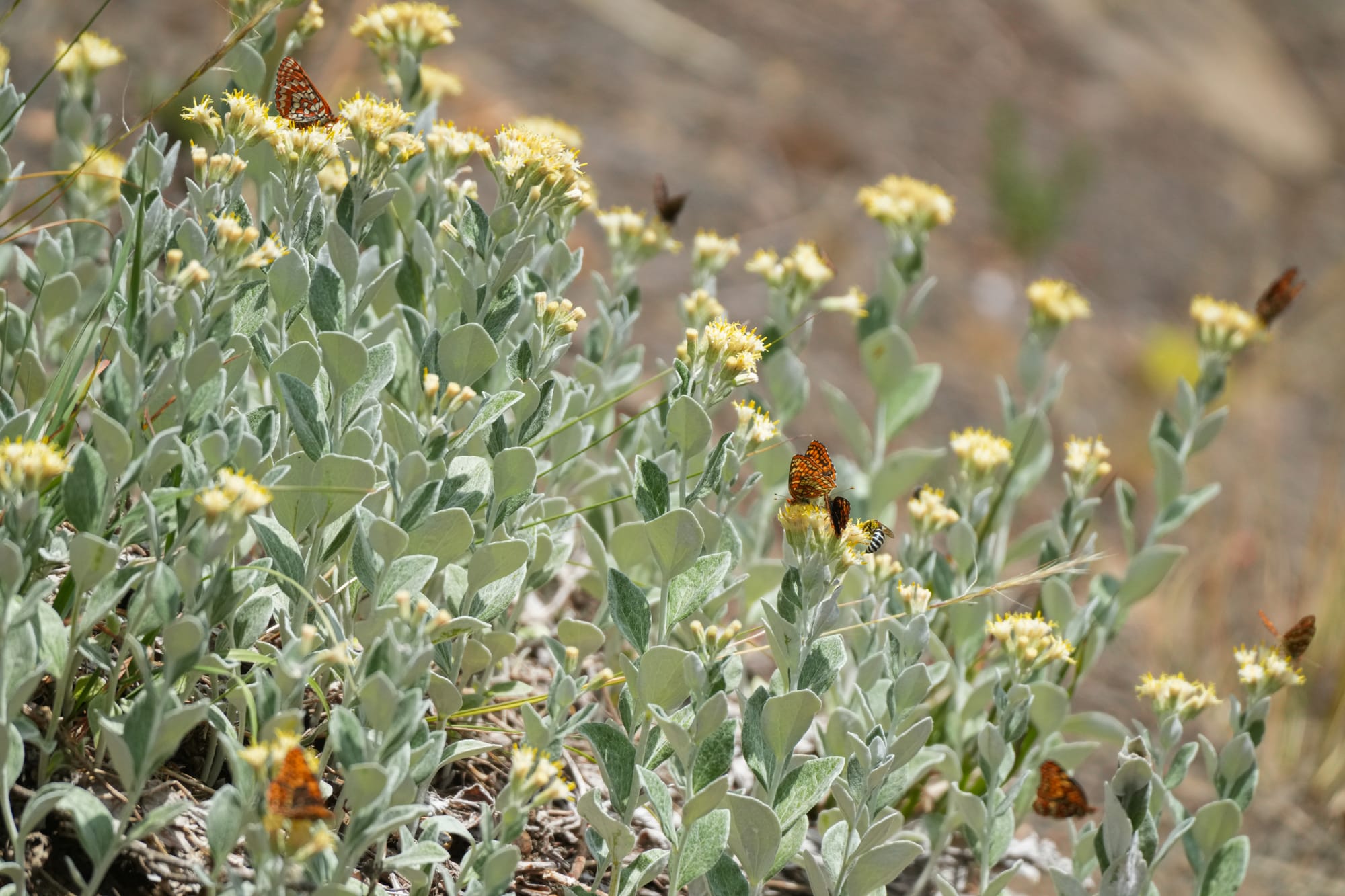
I had a few other notable sightings along a dusty trail. One observation is fairly subtle and easily overlooked, and that was the wandering lines left by antlion larvae. Most of the time, antlion larvae make perfect cone-shaped pits in the dust, but they occasionally wander in search of new homes, leaving distinctive trails that give them their common nickname "doodle bugs."
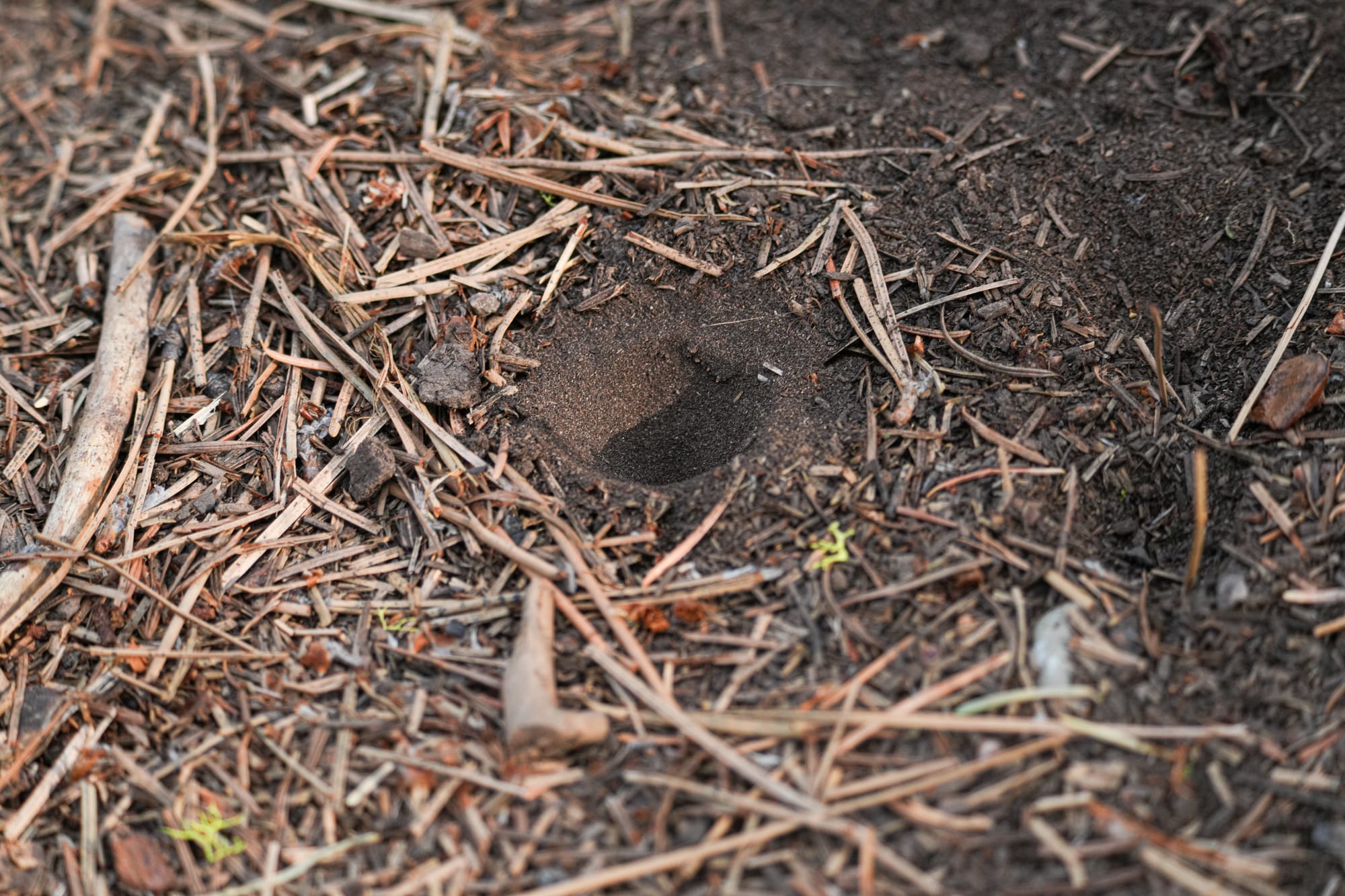
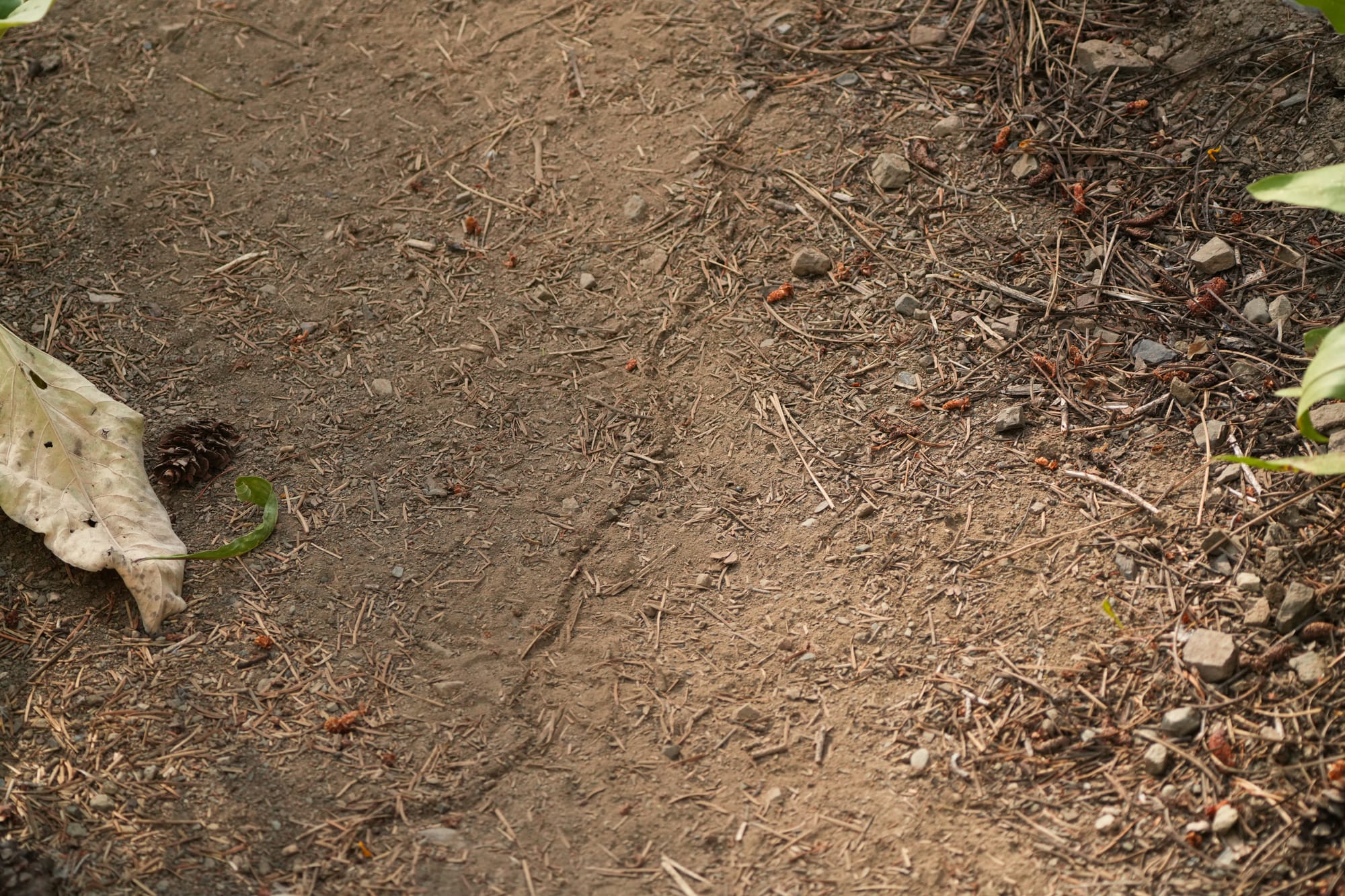
Antlion larave make pits and leave trails in the dust. Photos by David Lukas
And under one trailside rock, I got a gentle reminder to stay focused. I've said this before, and I'll say it again, rattlesnakes are vulnerable animals that want nothing more than to be left alone. Most of the time they remain silent and let us walk by without issue, but if they feel threatened they will rattle as a warning. It's rare that they strike and bite, and they prefer not to because venom is very difficult to produce and they desperately need it for the few meals they try to catch each summer. In this case, this snake was simply saying "I'm here, please leave me alone."
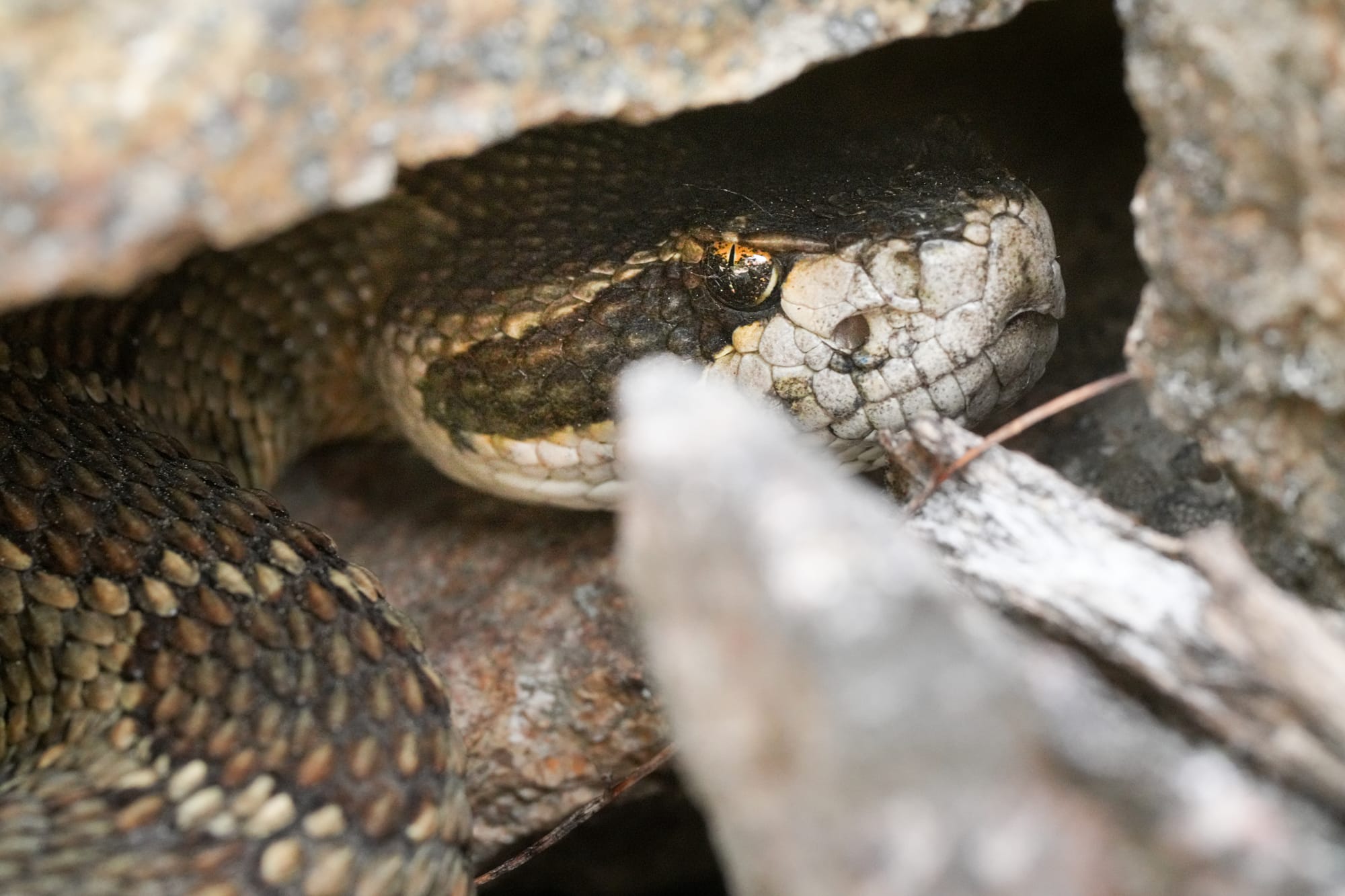
Observation of the Week: Puddling Butterflies
In the midst of all the summertime butterfly activity you might be noticing, one common behavior called "puddling" stands out. If you spot large numbers of butterflies gathering on pockets of wet or muddy ground, you're seeing puddling.
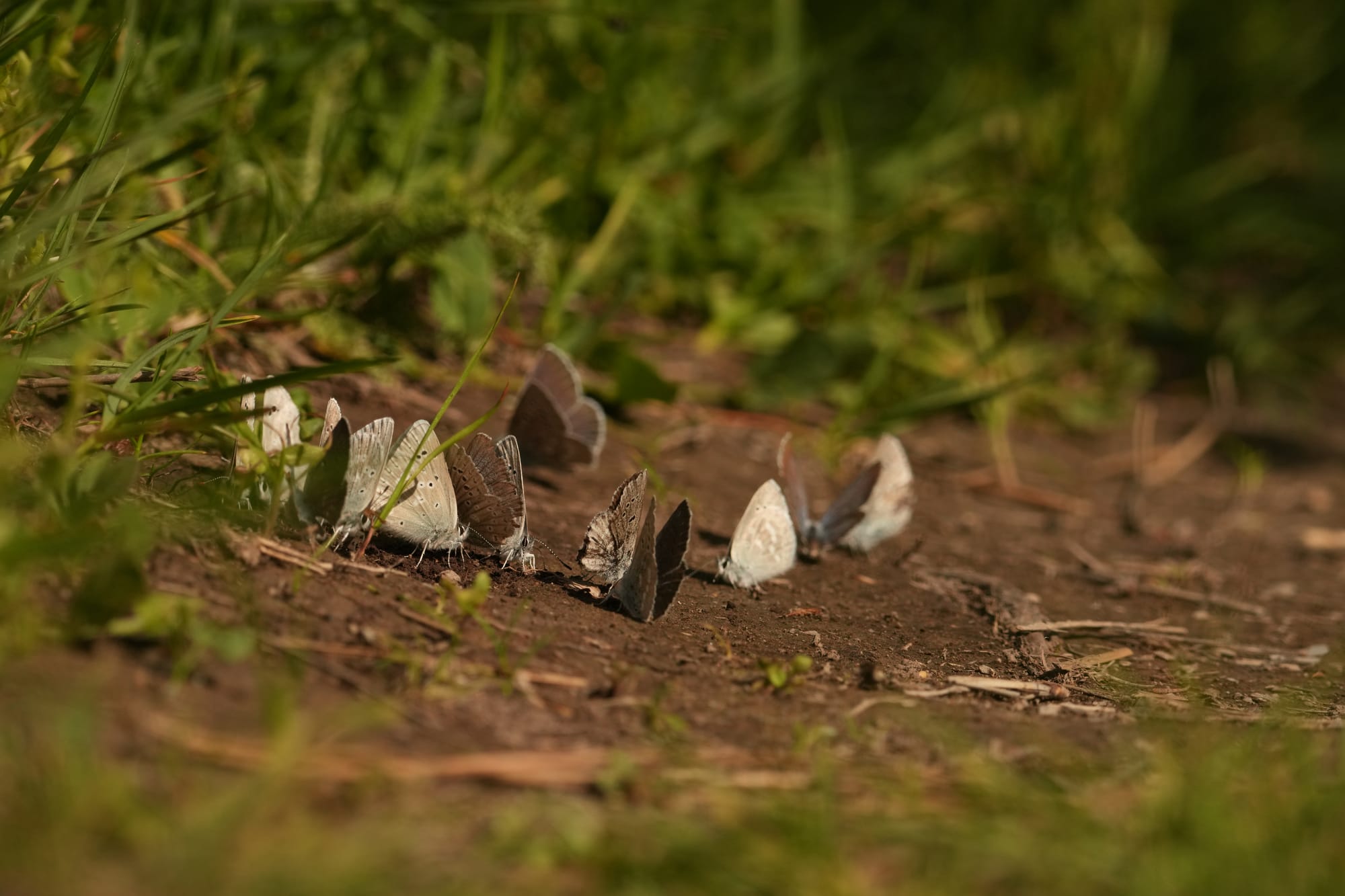
You might wonder why butterflies gather like this, and it turns out that scientists are not entirely sure of the answer. Nearly all of these butterflies are males and one popular explanation is that they're gathering to suck up moisture loaded with scarce nutrients, especially salts.

These nutrients might help fuel their high-energy flights in search of females, but it's also believed that males add these scarce nutrients to sperm packets they offer females as a type of courtship gift during mating.
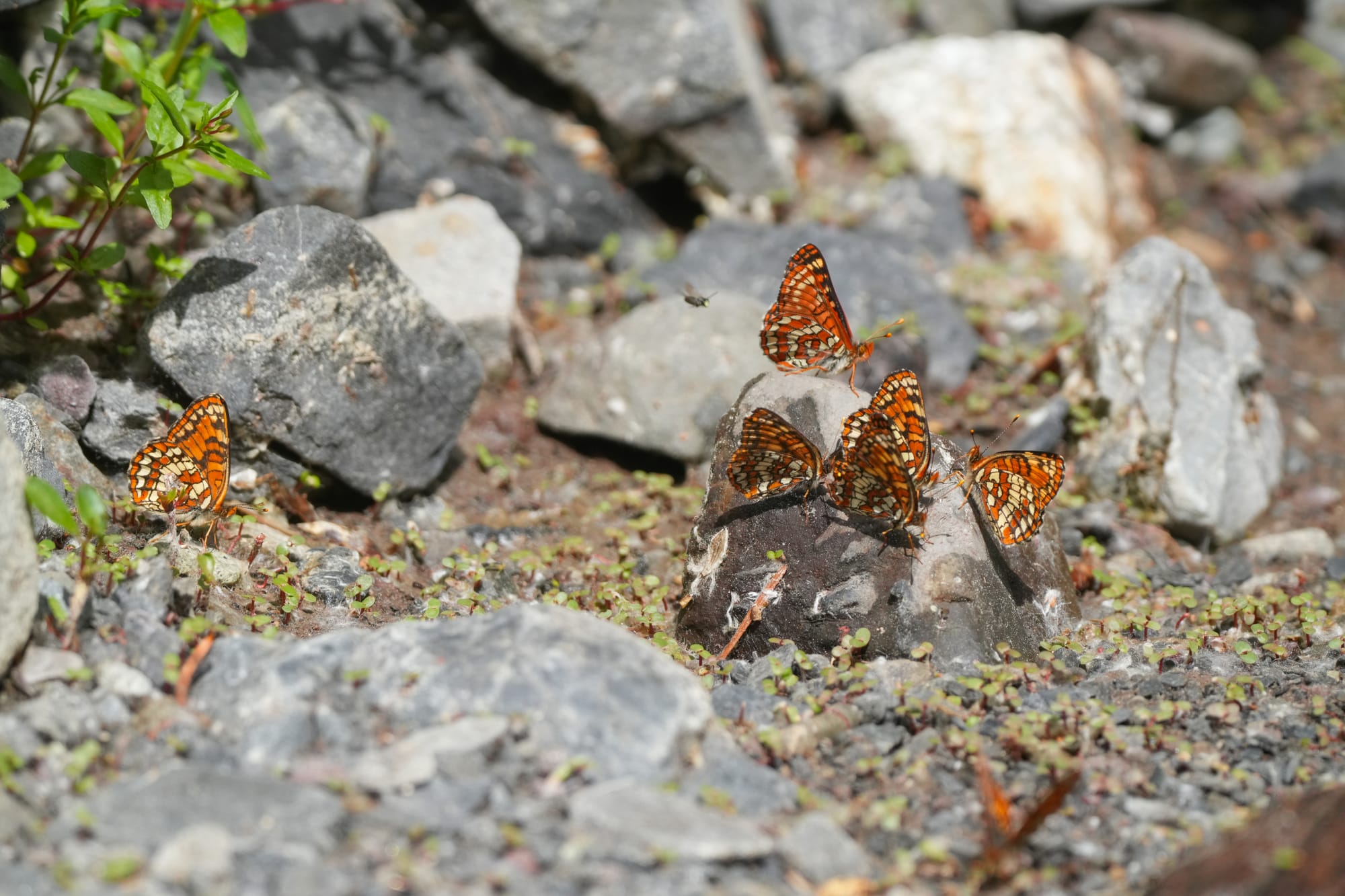
Both males and females would benefit because their babies would then get an added boost of critical nutrients to help them survive and grow faster and bigger.
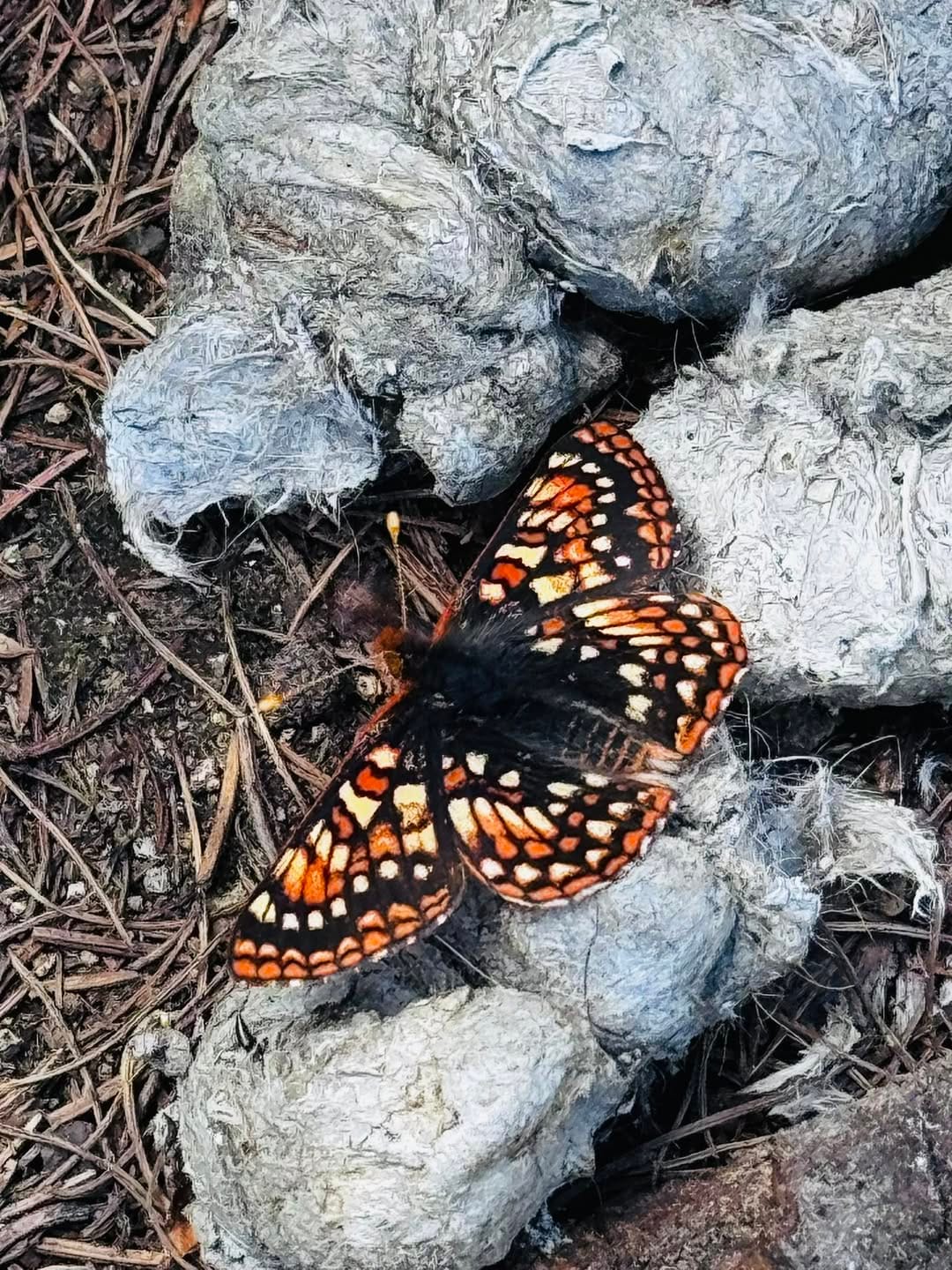
But many of these ideas are still not fully tested, and it's not even known if males gather as a social behavior, or if they gather in numbers as a defense against predators. It's not even clear if males locate puddling sites using the presence of other males as a visual cue, or if they're smelling the presence of moisture vaporizing in the sunlight.
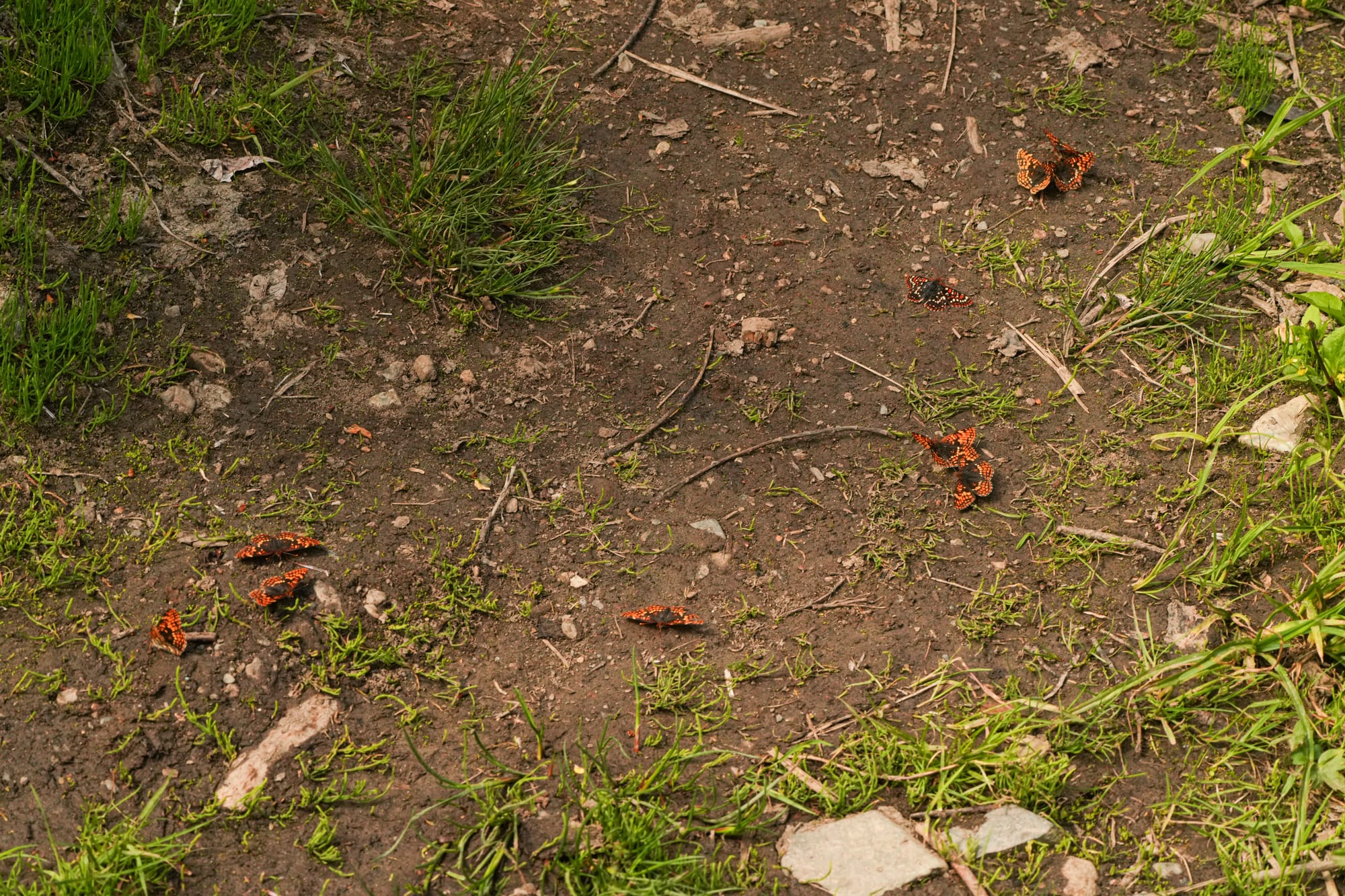
Whether we have an explanation or not, puddling is still a fascinating behavior to watch.

